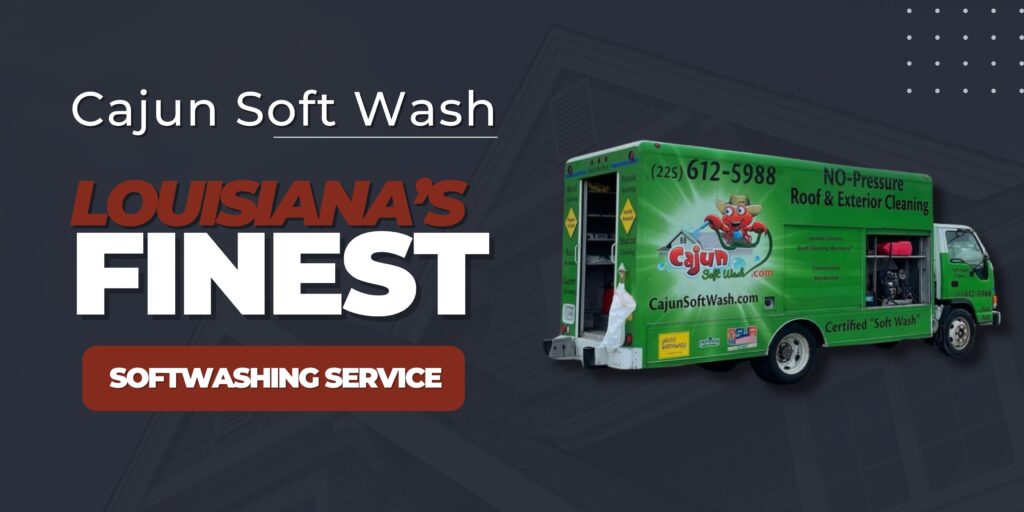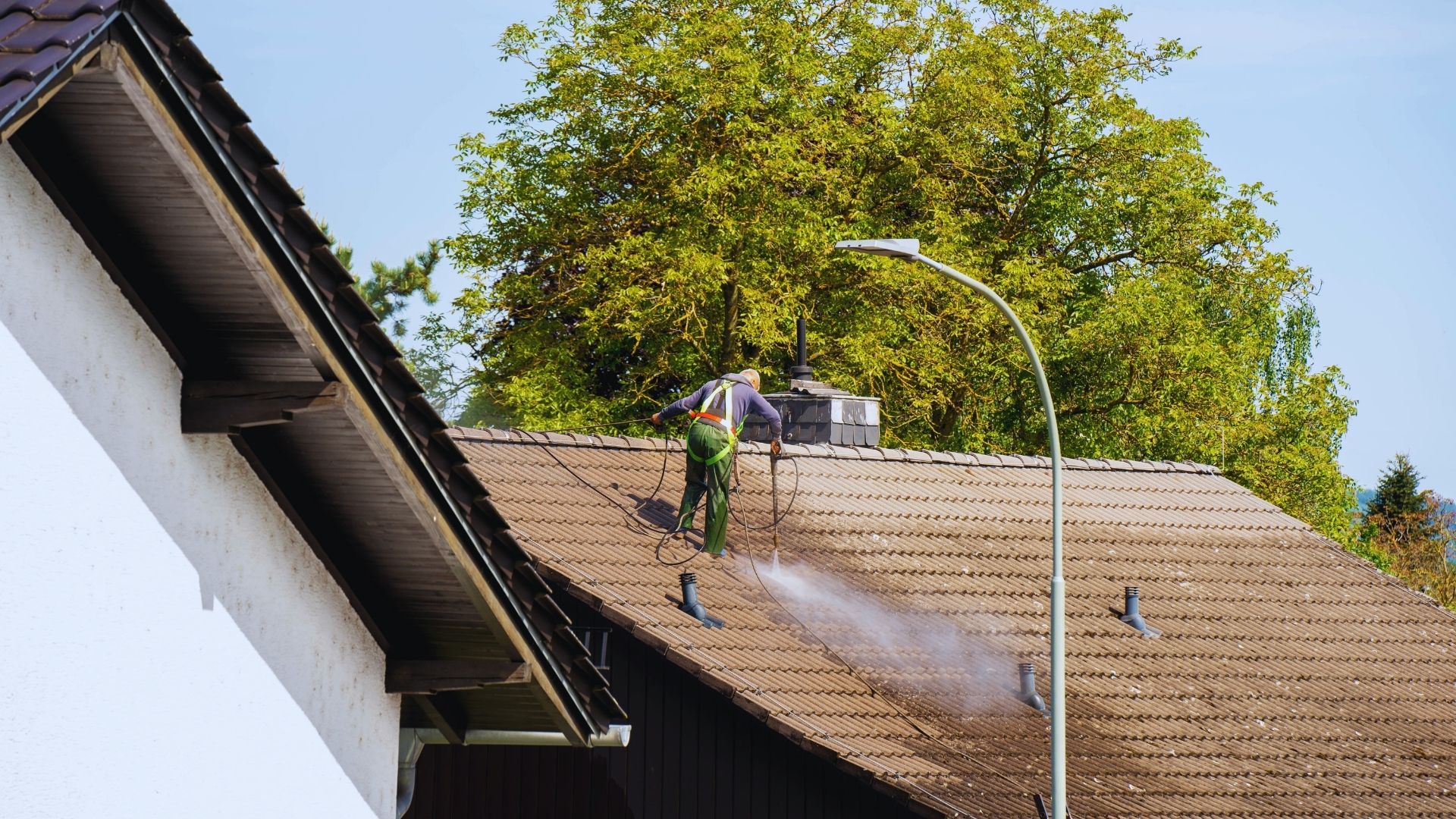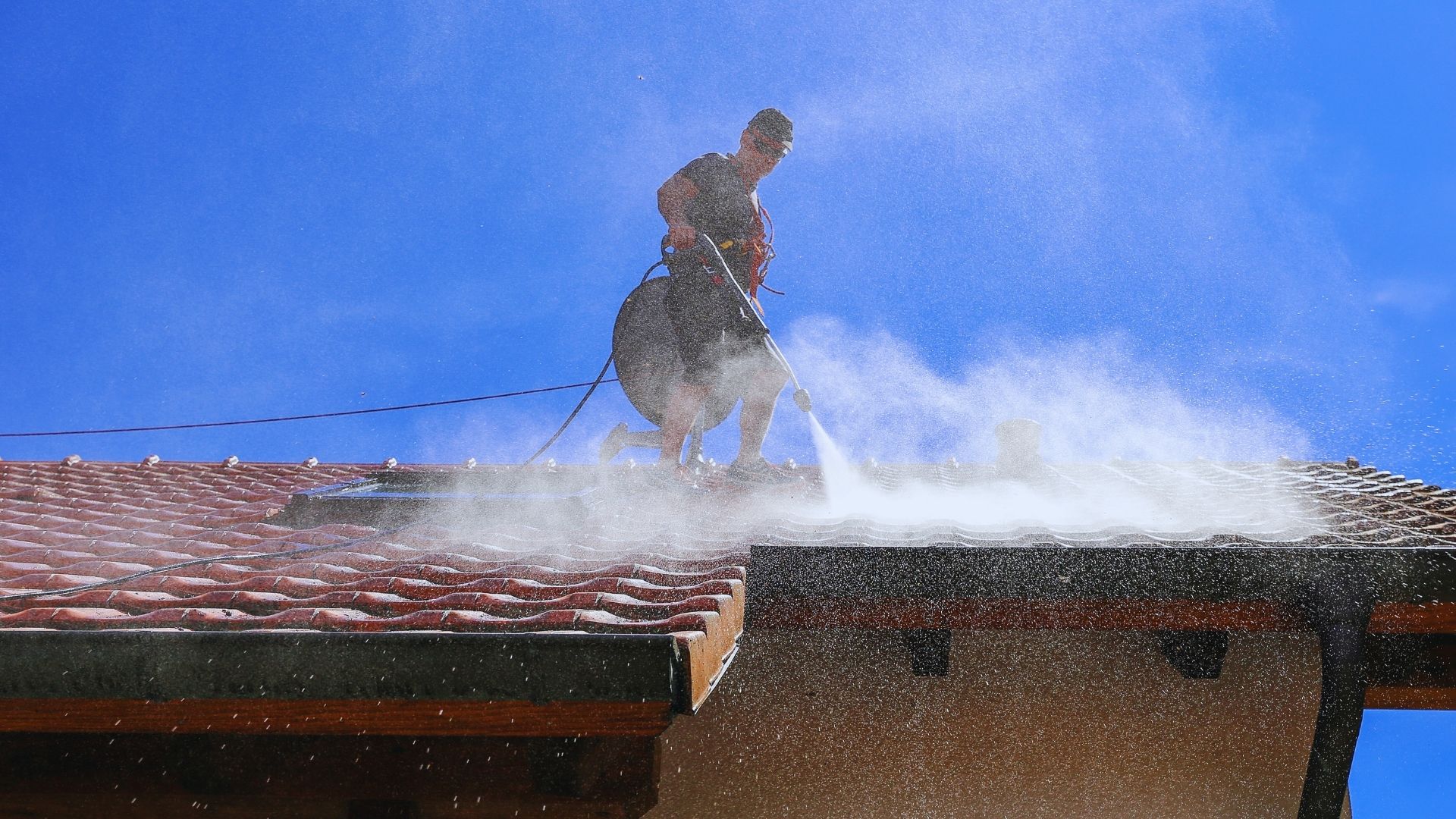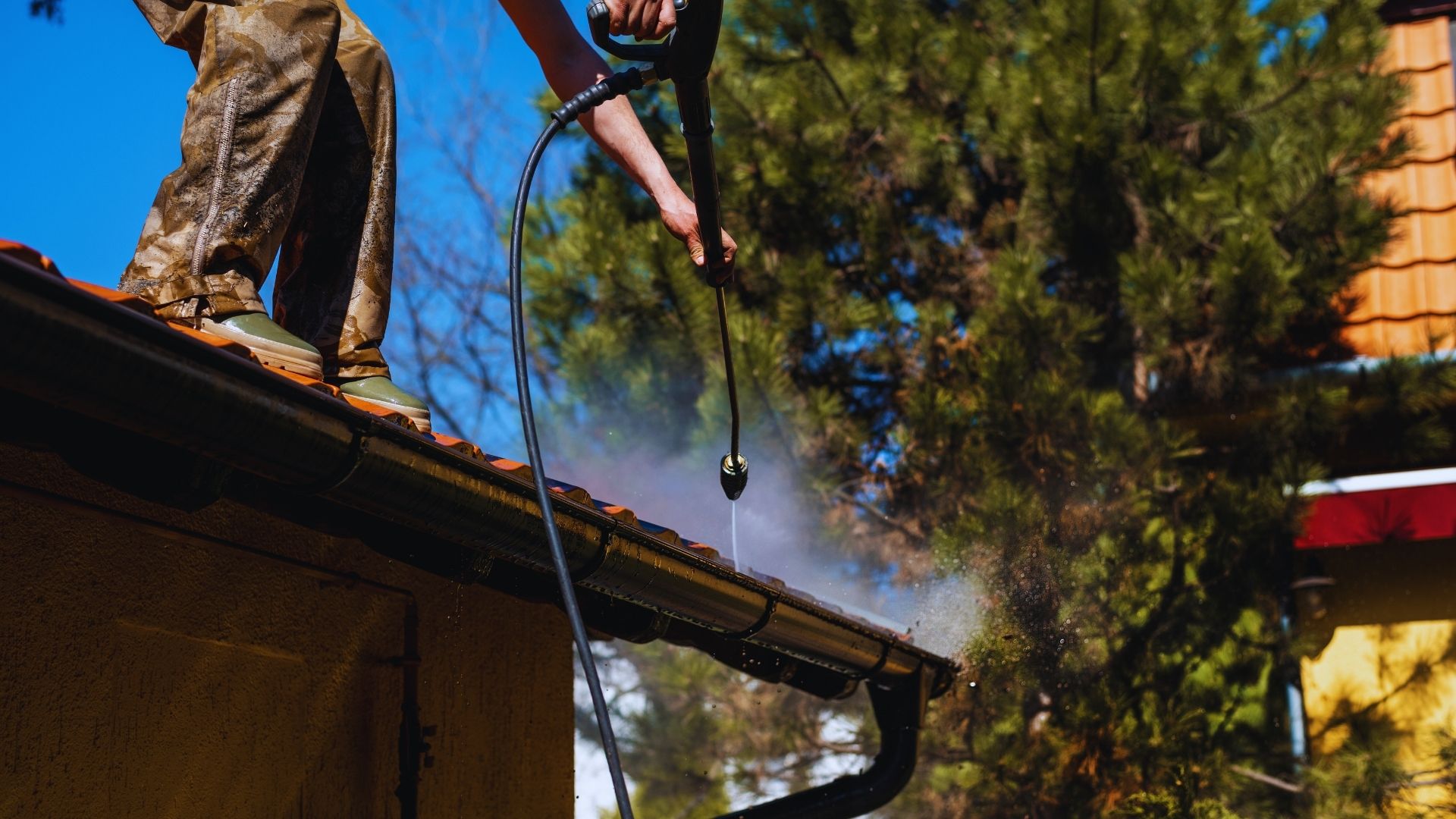Stucco ceilings are beautiful until they’re not. One day you’re admiring that nice textured ceiling, and the next day you’re wondering why it looks like it hasn’t been cleaned since the house was built. The bumps and ridges that make stucco look so good also make it a magnet for dust, grease, and pretty much anything else floating around your house.
Most people avoid cleaning their stucco ceilings because they think it’s impossible or they’re scared of damaging the texture. Truth is, figuring out how to clean a stucco ceiling isn’t rocket science, but it’s definitely not the same as wiping down a flat surface. You need the right approach, or you’ll end up with a bigger mess than you started with.
The main problem with stucco ceilings is that all those little bumps create perfect hiding spots for dirt. Regular dusting barely scratches the surface, and if you try to scrub too hard, you can damage the texture. Plus, if you use the wrong cleaning products, you might end up with weird stains or discoloration.
Why Stucco Ceilings Get So Dirty
Stucco isn’t smooth, which means dirt doesn’t just sit on top where you can easily wipe it off. Instead, particles settle into all those tiny valleys and stay there. Kitchen ceilings are especially bad because cooking grease floats up and sticks to the texture. Bathroom ceilings deal with humidity and soap residue. Living room ceilings collect dust from everything – pets, people, open windows, you name it.
Older stucco tends to be more fragile than newer installations. If your house was built more than 20 years ago, you’ll want to be extra gentle with your cleaning approach. Some older stucco was mixed with materials that don’t hold up as well over time.
Another thing that complicates cleaning is whether your stucco ceiling has been painted. Paint can start peeling if you get too aggressive with scrubbing, especially if it’s old paint that’s already starting to fail. Unpainted stucco is usually more forgiving, but it can also absorb stains more easily.
What You Actually Need
Don’t believe those cleaning websites that tell you to buy fifteen different products. Most stucco ceiling cleaning can be done with stuff you probably already have at home.
You absolutely need a good ladder. Don’t try to balance on chairs or stools – that’s how people get hurt. Get something stable that puts the ceiling at a comfortable working height. Your neck and shoulders will be sore enough without adding awkward positioning to the mix.
A regular vacuum with a brush attachment works fine for the initial cleaning. Those fancy extension poles are nice if you have them, but not necessary. The brush attachment is important though – it helps loosen dirt from the texture while the vacuum sucks it up.
Microfiber cloths are worth buying if you don’t have them. They grab dirt better than regular rags and don’t leave lint behind. Get several because you’ll go through them fast.
For a cleaning solution, start simple. Dish soap and warm water handle most situations. Mix about a tablespoon of soap per cup of water. If that doesn’t work, you can try other things, but start with the basics.
You’ll also want a spray bottle, some plastic sheeting to protect your furniture, and a soft brush for scrubbing. Don’t use anything too stiff – you’re trying to clean the ceiling, not sand it.
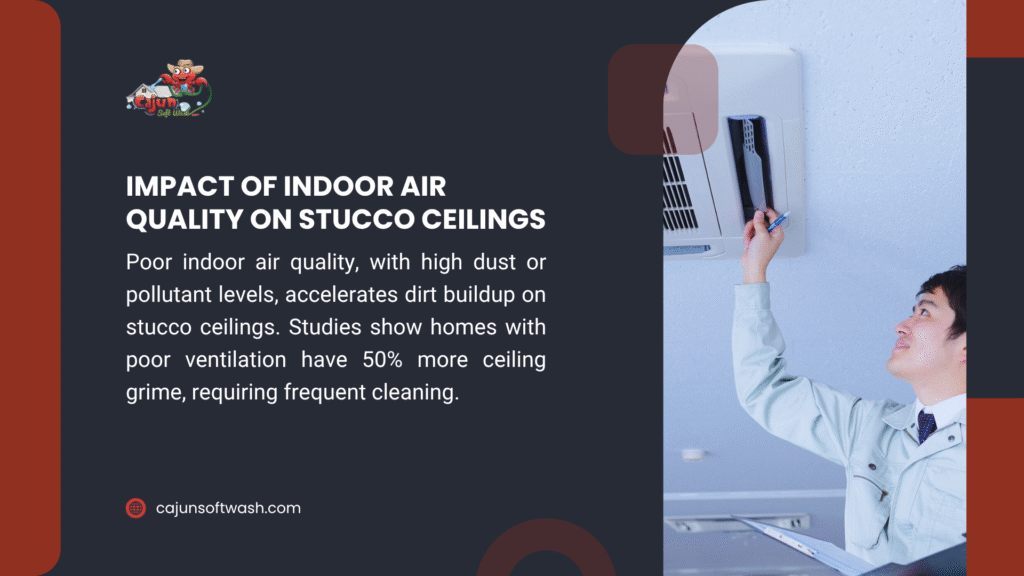
How to Clean a Stucco Ceiling?
Cover everything in the room that you don’t want to get wet or dirty. Cleaning solution will drip, and bits of dirt and stucco will fall down. It’s much easier to lay down some plastic sheets than to clean your furniture afterward.
Start by vacuuming the ceiling thoroughly. Use the brush attachment and work in sections. Don’t press hard – you’re just trying to remove loose dirt and dust. This step is more important than it seems because loose dirt turns into mud when you add water to it.
Mix up your cleaning solution and test it on a small, hidden area first. Wait a few minutes to make sure it doesn’t cause any discoloration or damage. This seems like extra work, but it’s better than discovering problems after you’ve cleaned half the ceiling.
Work in small sections – maybe 3 feet by 3 feet. Spray the cleaning solution on one section and let it sit for about 30 seconds. The soap needs time to break down the dirt and grease. Then scrub gently with your soft brush using light circular motions.
Right after scrubbing each section, wipe it clean with a damp microfiber cloth. Don’t let the soap sit there and dry because it will leave a residue that’s harder to clean than the original dirt.
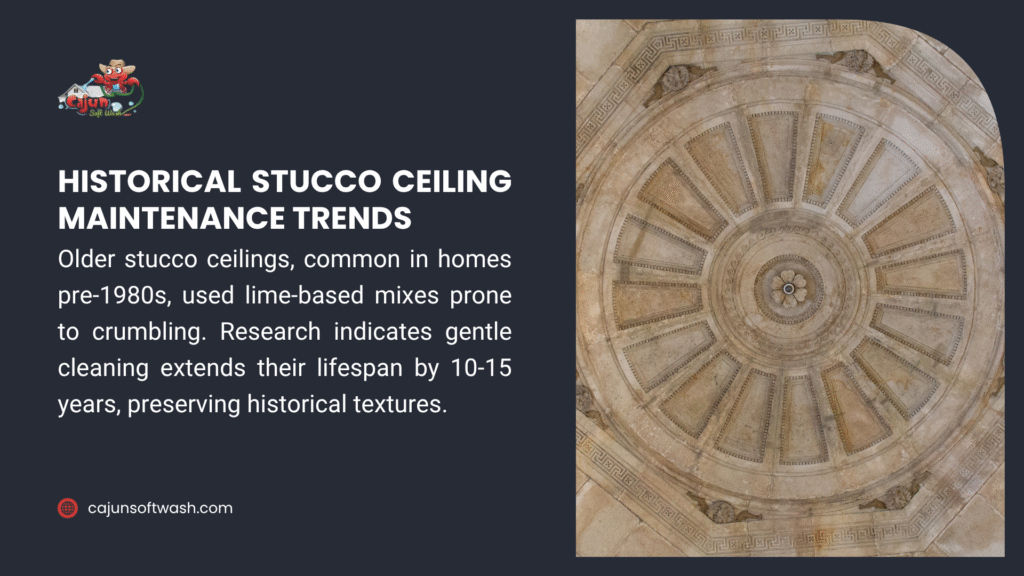
Dealing with Tough Stains
Water stains are probably the most annoying problem with stucco ceilings. They show up as yellow or brown rings, usually from old leaks. Regular soap and water won’t touch these.
Make a thick paste with baking soda and water. Spread it over the stain and cover it with plastic wrap so it doesn’t dry out. Let it sit overnight. The baking soda will absorb the stain and any odors. Scrub it gently the next morning and rinse with clean water. You might need to do this a few times for stubborn stains.
Mold and mildew are serious business. If you see dark spots, especially in bathrooms or basements, don’t mess around. Get proper safety gear – gloves, eye protection, and a real respirator mask, not just a paper dust mask.
Mix equal parts white vinegar and water for mold treatment. Spray it on and let it sit for at least an hour. Vinegar kills mold and helps prevent it from coming back. Scrub carefully and rinse well. If you have extensive mold, you might need professional help.
Grease stains, common in kitchens, usually need extra dish soap and patience. Let the soap solution sit longer to break down the grease before you start scrubbing. Sometimes you need to clean the same area twice.
Common Mistakes to Avoid When Learning How to Clean a Stucco Ceiling
Using too much water is a big mistake. Stucco is porous, and if you soak it, the water can cause more problems than it solves. It might not dry properly, or it could cause staining.
Don’t try to clean your entire ceiling in one session unless it’s a small room. This kind of work is tiring, and you’ll start making mistakes when you get tired. Break it up over a couple of days if needed.
Using stiff brushes or scrubbing too hard can damage the texture. If you have to press hard, your cleaning solution isn’t working. Let it sit longer instead of scrubbing harder.
Not testing your cleaning solution first is asking for trouble. Different types of stucco react differently to cleaning products. What works fine on one ceiling might cause problems on another.
Maintenance Tips
Once you get your ceiling clean, keeping it that way is much easier than doing a deep clean. Vacuum it monthly with the brush attachment. This takes maybe 10 minutes and prevents heavy dirt buildup.
Control humidity in your house. Use exhaust fans in bathrooms and kitchens. High humidity makes dirt stick to surfaces and encourages mold growth.
Fix any water leaks immediately. A small leak might not seem like a big deal, but water stains on stucco are permanent if you let them set.
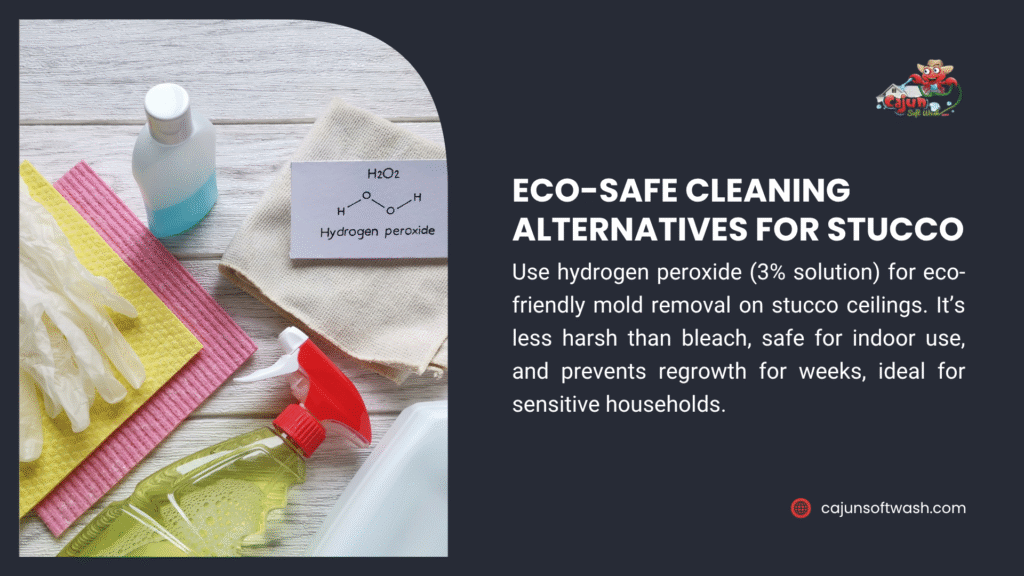
When to Call Professionals
Some situations are better left to professionals. Very high ceilings are dangerous to clean yourself. If you’re not comfortable on a ladder or if you need scaffolding, hire someone.
Extensive mold problems need professional treatment. A few small spots you can handle yourself, but if mold covers large areas, you need experts with proper equipment.
Old or damaged stucco should be evaluated by professionals before cleaning. Sometimes cleaning can make existing problems worse.If you’re dealing with commercial stucco cleaning needs, professionals at Cajun SoftWash have the experience and equipment to clean stucco ceilings safely and effectively. We use soft washing to clean stucco and can handle problems that might be too challenging for DIY approaches. Professional cleaning eliminates the guesswork and physical strain while delivering results that last longer than most DIY efforts.


